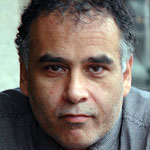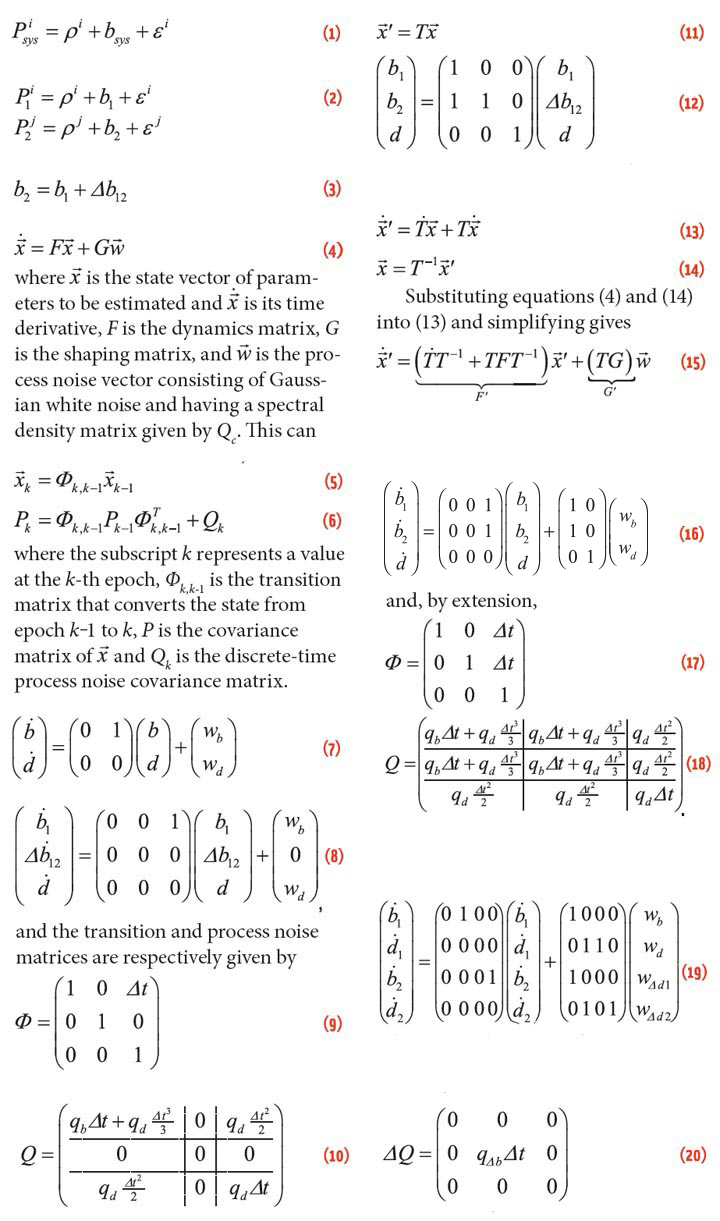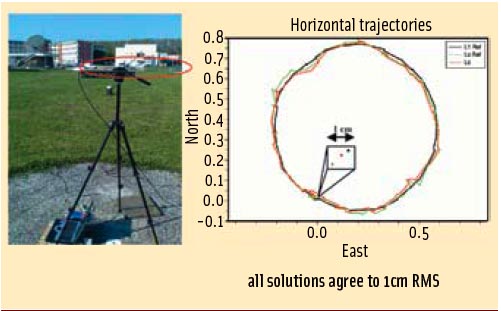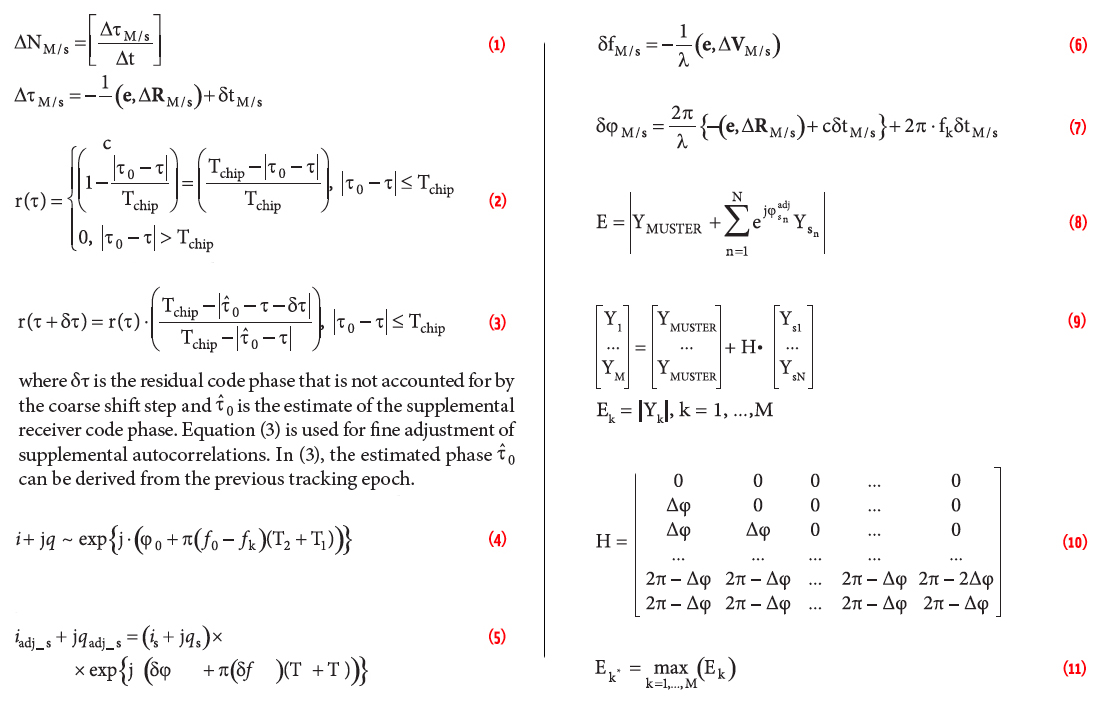
Honestly, one gets the feeling that the European navigation community has finally had enough of talking and is ready to take Galileo out of the hands of politicians and put it into the hands of users, including businesses that can translate European GNSS into real products and services to be bought and sold.
The feeling has certainly been growing within the European navigation community, as evidenced by the conversations at the recent European Navigation Conference (ENC) in Vienna.
By Peter Gutierrez
Q: How do you deal with timing differences between GNSSs?
A: All GNSSs inherently depend on precise timekeeping to measure the satellite/receiver time of flight of signal propagation with sufficient accuracy to compute ranges/distances for multilateration calculations. Each GNSS ground segment therefore dedicates considerable effort to maintaining a highly stable atomic time scale as well as the corresponding offset to global standards such as UTC (Coordinated Universal Time).
By Inside GNSSReturn to main article: "Boeing’s Little Bird UAV"
By Inside GNSSReturn to main article: "Boeing’s Little Bird UAV"
By Inside GNSSReturn to main article: "Boeing’s Little Bird UAV"
By Inside GNSS FIGURE 1: ISTA (left) and GATE (right) measuring vans at the parking place at the GATE site in Berchtesgaden
FIGURE 1: ISTA (left) and GATE (right) measuring vans at the parking place at the GATE site in BerchtesgadenWorking Papers explore the technical and scientific themes that underpin GNSS programs and applications. This regular column is coordinated by Prof. Dr.-Ing. Günter Hein, head of Europe’s Galileo Operations and Evolution.
For the complete story, including figures, graphs, and images, please download the PDF of the article, above.
By Inside GNSS
Existing methods for improving the GNSS performance commonly attempt to enhance the signal processing and navigation estimation parts of a single receiver. Such approaches, however, leave unexplored the potential benefits inherent to the integration of data from multiple receivers.
By Inside GNSS